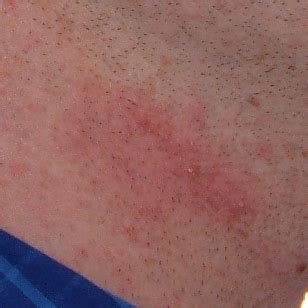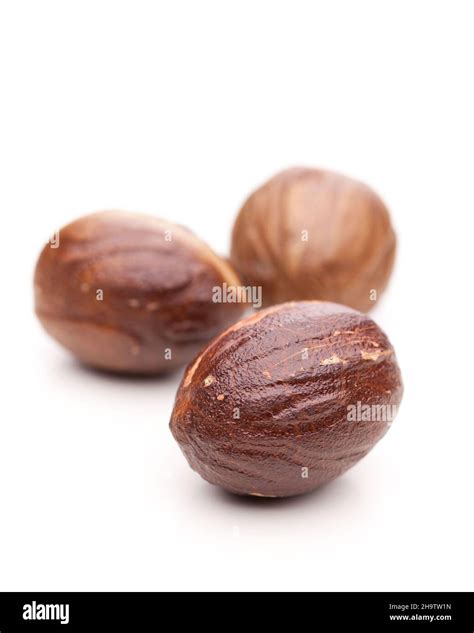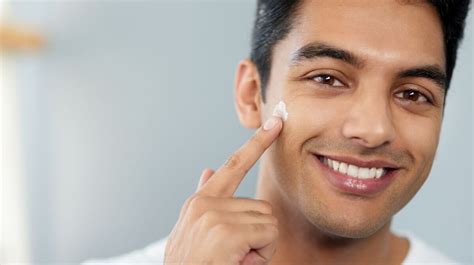Eliminate razor burn & ingrowns: What’s the optimal shave technique for peak skin health?

Mastering the Art of a Smooth Shave
Razor burn and ingrown hairs are frustrating, painful, and all too common consequences of a less-than-optimal shaving routine. Far from being an unavoidable nuisance, these skin irritations can be dramatically reduced, and even eliminated, by understanding and implementing the right techniques. Achieving peak skin health isn’t just about the products you use; it’s fundamentally about how you shave. Let’s delve into the optimal approach for a close, comfortable, and irritation-free experience.
Preparation: The Foundation of a Perfect Shave
A great shave begins long before the blade touches your skin. Proper preparation softens the hair, opens pores, and creates a protective barrier, making the shave smoother and less abrasive.
- Warm Water & Steam: Shave after a hot shower or apply a warm, damp towel to your face for a few minutes. This softens the hair follicles and opens up pores, reducing tugging and pulling.
- Exfoliate Gently: Once or twice a week, gently exfoliate your skin (not immediately before shaving, as this can over-sensitize it). This removes dead skin cells that can trap hairs and lead to ingrowns.
- Pre-Shave Oil: A few drops of quality pre-shave oil create an extra layer of lubrication between your skin and the blade, providing additional glide and protection.

The Right Tools Make All the Difference
Your shave quality is only as good as your tools. Investing in high-quality implements is crucial for skin health.
- Sharp Blade: This is non-negotiable. A dull blade drags, causes irritation, and increases the likelihood of nicks and razor burn. Change disposable blades every 5-7 shaves, or use a fresh double-edge blade for each shave.
- Quality Shaving Cream/Soap: Ditch the aerosol cans filled with harsh chemicals. Opt for a rich, hydrating shave cream or soap that creates a thick, lubricating lather. A badger or synthetic brush helps lift hairs and create a superior lather.
- Razor Type: While multi-blade razors offer convenience, they can cut hair below the skin’s surface, increasing ingrown risk. Consider a single-blade safety razor or an electric shaver for highly sensitive skin.
The Shave Itself: Technique Over Pressure
This is where most mistakes happen. Mindful technique, not brute force, is key to preventing irritation.

- With the Grain First: Always start by shaving in the direction your hair grows. This is the least irritating pass and often sufficient for many.
- Re-Lather: For a closer shave, re-lather your face for a second pass.
- Across the Grain (Optional): If necessary, shave across the grain for a closer finish. Avoid going against the grain, especially if you’re prone to razor burn or ingrowns.
- Light Touch: Let the razor’s weight do the work. Apply minimal pressure. Too much pressure pushes the blade into your skin, causing irritation and micro-abrasions.
- Short Strokes: Use short, controlled strokes (about 1-2 inches).
- Rinse Frequently: Rinse your razor under running water after every few strokes to clear clogged blades, ensuring maximum efficiency and hygiene.
Post-Shave Care: Soothe and Protect
The shave isn’t over until you’ve properly cared for your freshly shaved skin.
- Cold Rinse: Splash your face with cold water to close pores and soothe the skin.
- Aftershave Balm: Apply an alcohol-free aftershave balm or lotion. Alcohol-based aftershaves can dry out and irritate skin. Look for ingredients like aloe vera, witch hazel, or glycerin to hydrate and calm.
- Moisturize: Finish with a good quality, non-comedogenic moisturizer to lock in hydration and further protect your skin barrier.

Consistency and Patience
Eliminating razor burn and ingrowns is a process that requires consistency. Don’t expect immediate perfection, especially if you’re transitioning to a new technique or tools. Pay attention to how your skin reacts and adjust accordingly. Ensure you change your blades regularly and keep your skin hydrated even on non-shaving days.
By treating shaving as a ritual rather than a chore, focusing on careful preparation, using the right tools with a light touch, and nurturing your skin afterward, you can transform your grooming routine. Bid farewell to the discomfort of razor burn and ingrowns, and welcome a consistently smooth, healthy complexion.







